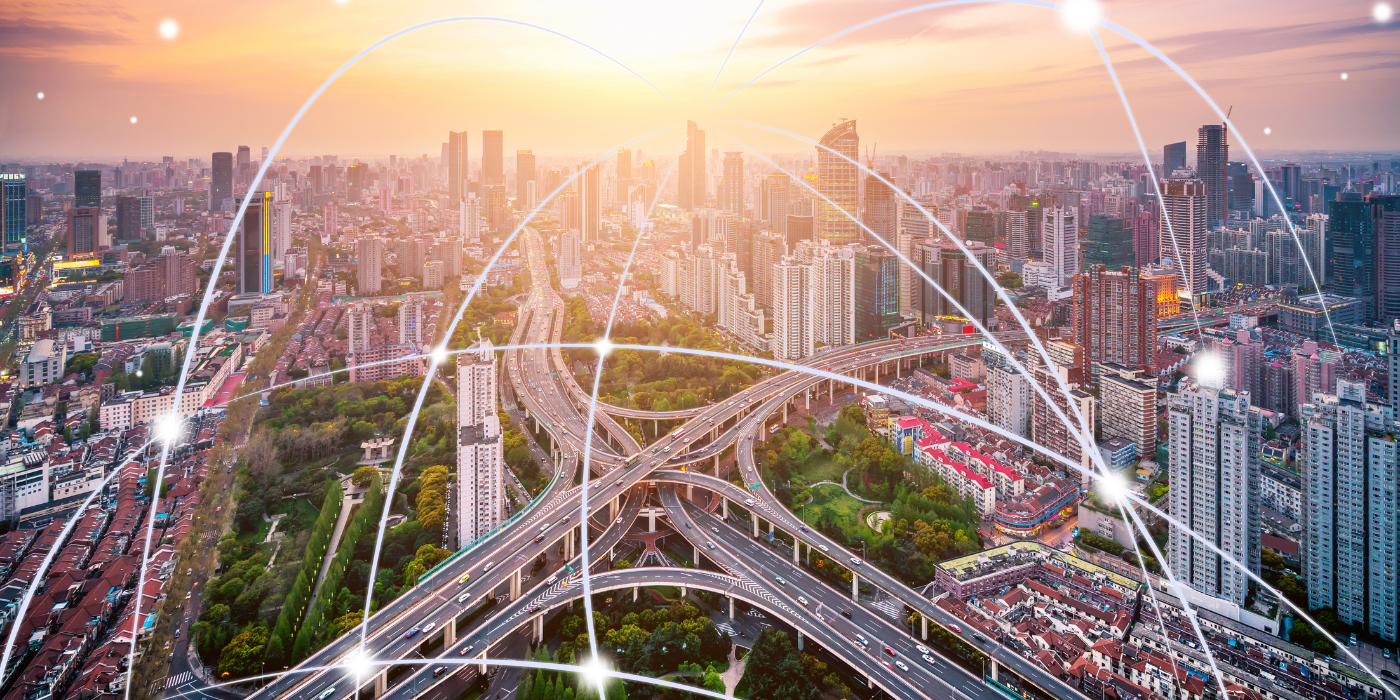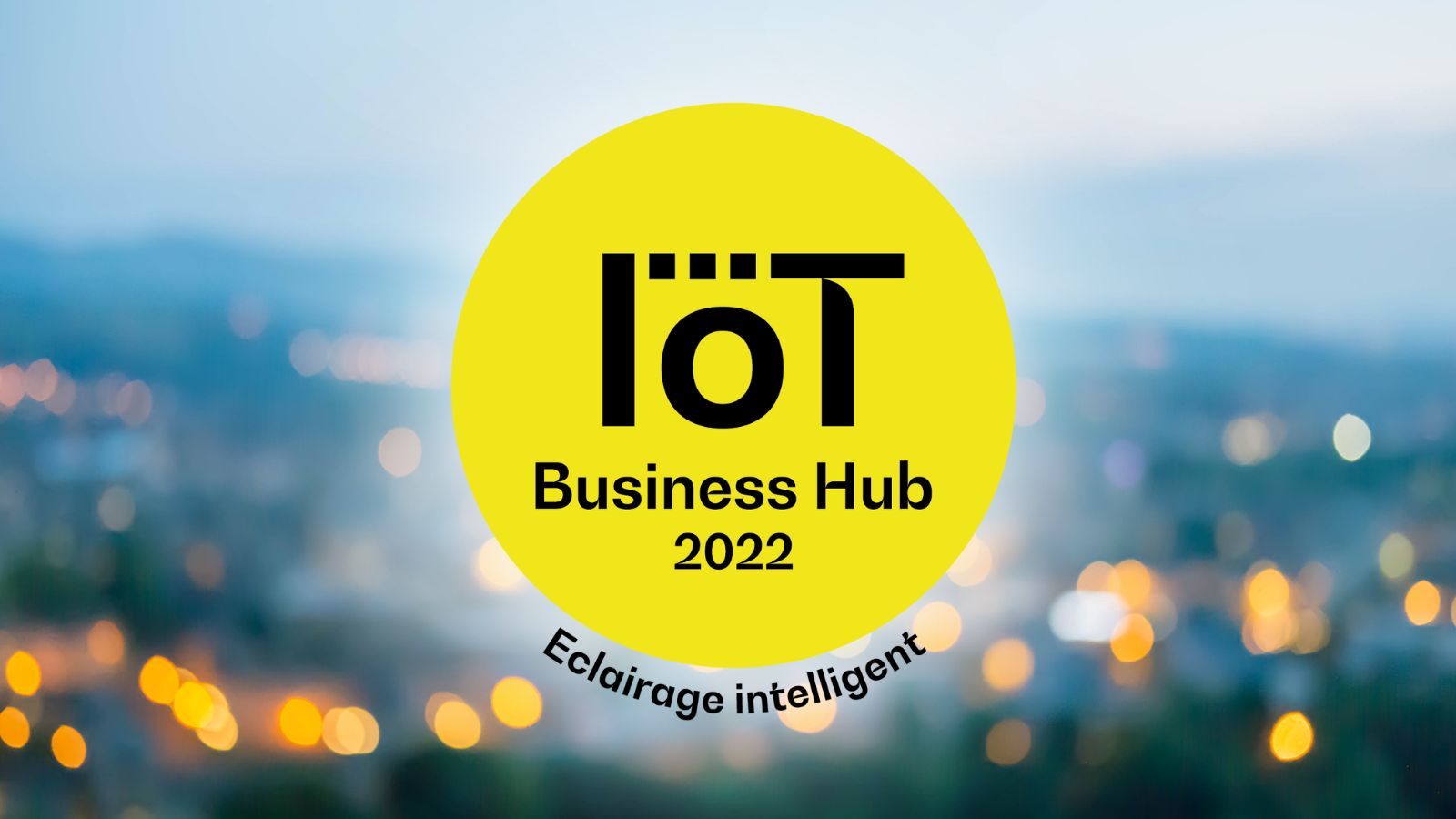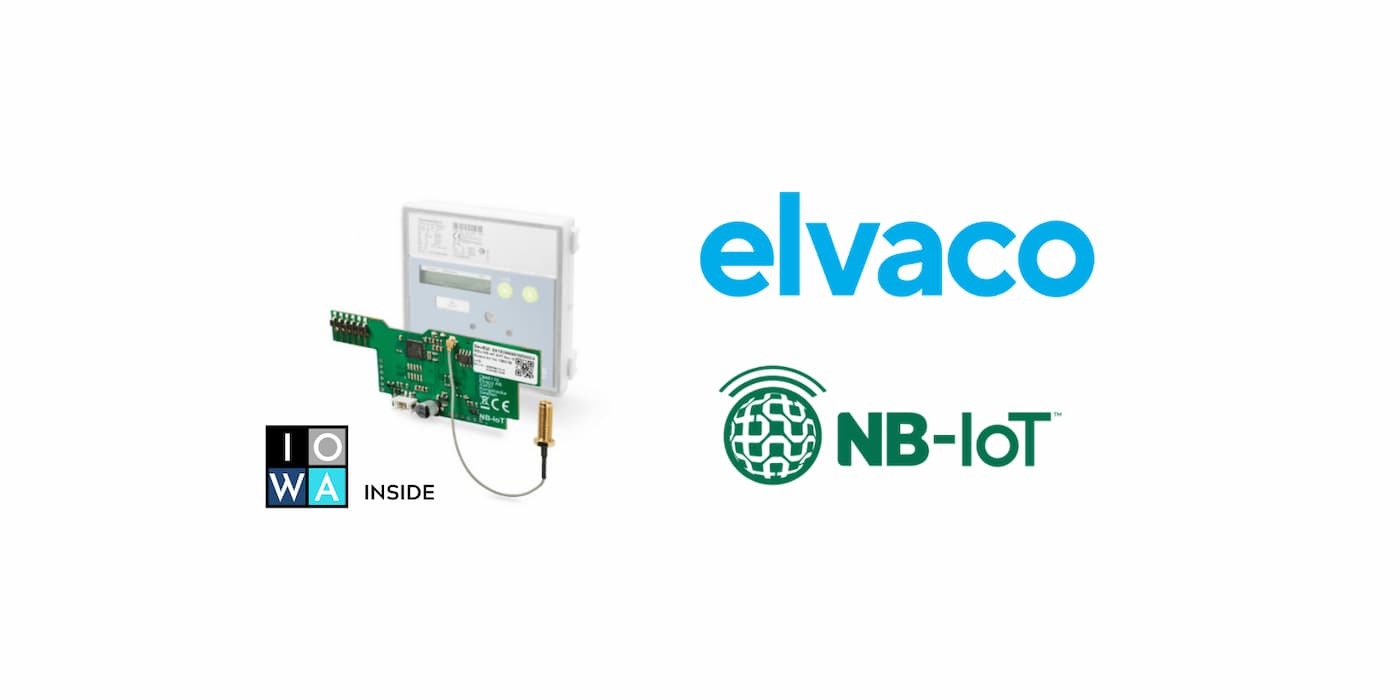Electricity’s Brave New, Greener World
This blog originally appeared on IoT Business News on September 3, 2020.
The future is greener.
The most exciting aspect of my job is meeting innovative companies like Beoga and understanding how IoT can drive innovation. IoT devices will soon number in the tens of billions, but statistics are meaningless without context. Understanding how IoT is going to change our lives makes it much more personally relevant.
Beoga’s vision is incredibly inspiring. They see a world where smart meters, data, and market forces will contribute to bringing greener, less costly energy to the world.
What is a Smart Meter?
Smart meters are used across many industries to control, measure, and distribute resources. The electricity industry has been an early adopter of smart meters, using the data to improve operations.
On the upstream or energy production side, think power plants, connected devices, or the data they create improve operations. Knowing how much energy is used and when is critical to optimizing processes.
More often, we think of smart meters as consumers in terms of downstream or distribution. Smart meters measure the electricity we consume, provide the consumer with increased visibility, and change behavior and save money.
One example. If power is half-price at three-in-the-morning, more washing machines will get programmed to run at three in the morning.
Taken altogether, smart meters improve the ability to meet demand while providing consumers and businesses the opportunity to reduce electricity bills. Everybody wins.
How will smart meters change our lives?
Everybody wants to improve efficiency, profits and reduce costs, but it isn’t revolutionary. So what’s the big deal? Why should we care?
The big deal is deregulation. Take France, Beoga’s home country. Electricité de France (EDF) and nuclear have historically provided most of France’s energy with a static, manageable cost structure during non-peak hours, producing no carbon gases. However, as energy demand spikes, additional energy is produced using carbon-based electricity generation (coal, diesel, natural gas, etc.), driving up production costs, consumer end-costs, and carbon gas emissions.
Figure 1: Current Regulated Market Price and Carbon Emission Model
Figure 2: Future Deregulated Market Price and Carbon Emission Model
The first generation of smart meters improved the ability to manage peak demand using pricing to influence consumer behavior. This model is now part of our lives and serves to flatten energy demand. Beoga’s vision, however, will increase energy supply by unlocking market synergies to bring greener, cheaper energy to millions.
In this brave new world of smart metering, the notion of upstream and downstream seem antiquated. Tomorrow’s energy markets will be structured more like BitTorrent or Napster with supply efficiently being matched to demand.
Here are the key concepts reshaping energy grids:
- Distributed Energy Resources (DER): in this world, solar panels on your roof, and batteries in your electric vehicle or house are potential cash machines. Beoga’s ecosystem will leverage smart meters, artificial intelligence, and your energy assets, selling at peak times and buying and storing at off-peak times. This peer-to-peer model will provide additional peak capacity reducing electrical generation costs and carbon emissions. The best part? Excess capacity is used locally so while the world benefits from reduce emissions our neighbors and communities also benefit directly. Beoga says their solutions are “creating clever energy communities.”
Figure 3: Examples of Distributed Energy Resources
Smart Metering, IoT, and the Big Picture
Beoga’s NB-IoT solution is a perfect example of how we believe innovation will create an feedback loop driving IoT adoption and improving living conditions.
First, the IoT will improve existing business practices. Then a second wave will disrupt the economics of entire industries. The second wave, more innovative, will form as opportunities like Beoga’s become apparent, and the cost of building, deploying, and managing IoT solutions is better understood.
In many ways, IoT, as an industry, reminds me of Moore’s Law. Gordon Moore, an Intel co-founder, declared, “dense integrated circuit would double approximately every year and speculated that it would continue to do so for at least the next ten years” driving innovation.
This redoubling of circuits led to massive efficiency gains, providing the impetus for dozens of new industries, changing how we live and work. Cloud computing first comes to mind. The services our companies relied on during the COVID-19 confinement, video conferencing, file sharing, and team messaging platforms, would not be possible without the tremendous technological advances Mr. Moore so presciently verbalized.
Connected devices are good at capturing, reporting, and remotely acting upon data. At the same time, as IoT matures, we will master costs to the fractional penny. Finance departments, competition, and Adam Smith’s Invisible Hand will work ceaselessly to drive pricing down. Need proof, look at current NB-IoT modem module trends from ABI Research.
Figure 4: NB-IoT Module Pricing (Source: ABI Research/IoTerop Webinar NB-IoT)
As IoT solutions become less costly to build, deploy, and manage, we believe four things will occur:
- Knowledge, skills, and confidence will democratize, accelerating adoption.
- Mainstream adoption will lead to a second, more innovative adoption wave.
- Solutions will center on standards that future-proof investments, accelerate time-to-market, and provide economy-of-scale.
- Finally, as with Beoga’s solution, businesses and consumers will benefit as innovations flourishes.
Tomorrow’s Kodak or the next Apple?
For many industries, IoT represents both opportunity and risk.
Although IoT adoption has not met with Cisco and Ericsson’s predictions of 50 billion devices, IoT adoption is accelerating, reminding us of the Game of Thrones motto, Winter is Coming! Companies must sufficiently prioritize IoT or risk suffering the consequences.
Change is now a permanent fixture of the business landscape. Successful companies who understand the strategic necessity of IoT will seek to prioritize change, aligning concerned parties around a comprehensive IoT strategy.
Accelerate your IoT Ambitions
Get IoTerop’s IOWA SDK today to build secure, efficient IoT applications faster than ever.


